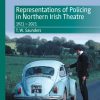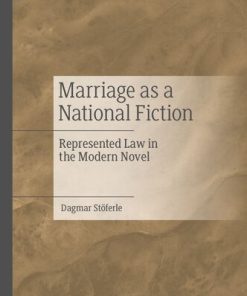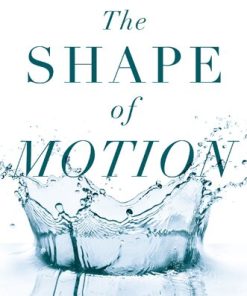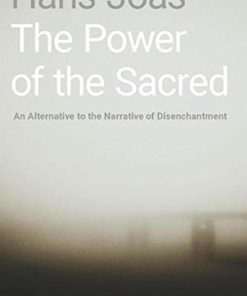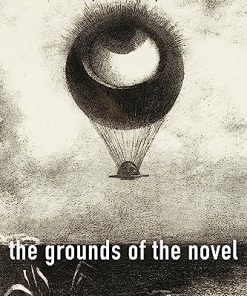The Pace of Fiction: Narrative Movement and the Novel 1st Edition Brian Gingrich
$50.00 Original price was: $50.00.$25.00Current price is: $25.00.
The Pace of Fiction: Narrative Movement and the Novel 1st Edition – Ebook Instant Download/Delivery ISBN(s): 9780191899140,9780198858287,0191899143,0198858280,2020952991
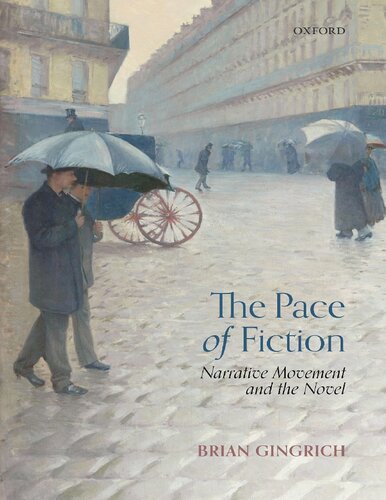
Product details:
- ISBN-10: 0191899143
- ISBN-13: 9780191899140
- Author: Brian Gingrich
The Pace of Fiction redefines the literary history of the novel by analyzing its most elaborate feature: its pace. It moves from the rise of the novel to realism and modernism. It starts by tracing the evolution of two narrative units: scenes (“shown” slowly) and summaries (“told” swiftly). These units emerge from the conflict of epic and drama, gain shape in the commentaries of Fielding and Goethe, and become dynamically opposed in nineteenth-century realism. In Middlemarch, they rotate in regular sequence: summaries move swiftly until scenes slow them down; scenes play out dramatically until summaries sweep them forward; their movement imitates the conflict of fate and free will. Over the course of the nineteenth century, however, scenic impulses overtake summary storytelling. The reader sees the tendency already in Austen’s dialogues, Hawthorne’s tableaux, or Balzac’s battering drama, and finds it in Jane Eyre’s placement of summaries in private scenes. When Flaubert extends scenic vividness to all of his summaries, and when Henry James subordinates his summaries to scenic consciousness, the extreme pressure of scene upon summary brings the opposition of realist pacing to collapse. But other oppositions arise in the modernisms that follow. In the alternation of stasis and kinesis, of drifting thoughts and everyday actions, of stories and acts of storytelling—in Proust, Joyce, Woolf, Mann, Hemingway—pace gathers and creates meaning in new ways.
Table contents:
1. Narrative Discourse, Literary History
2. Rise of the Scene-and-Summary Novel
3. Realist Pace
4. Collapse of the Scenic Method
5. Epiphanic and Everyday Modernisms
People also search:
The Pace of Fiction: Narrative Movement and the Novel
pacing of a narrative
What is pace in a novel
How does pacing contribute to the mood of a narrative
an example of pace and pacing
You may also like…
Science Fiction - High Tech & Hard Sci-Fi
Humanities and Social Sciences
Marriage as a National Fiction: Represented Law in the Modern Novel Dagmar Stöferle
Politics & Philosophy
The Narrative Subject: Storytelling in the Age of the Internet 1st ed. 2020 Edition
Poetry - American Poetry
Poetry - American Poetry
Irish Crime Fiction 1st Edition Brian Cliff 1137561882 9781137561886
Politics & Philosophy - Sociology
The Power of the Sacred: An Alternative to the Narrative of Disenchantment 1st Edition Hans Joas


